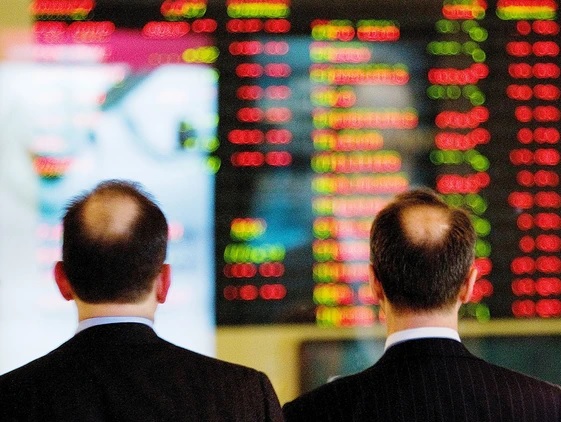Financial Post: FP Answers
FP Answers: How can I tell whether a stock is a value buy or a value trap?

As seen in Financial Post: FP Answers on October 20, 2023
Q4: What are some indicators to consider whether a stock is a value buy or a value trap? What management and business attributes can be used to help in stock selection and what would be some red flag indicators that could change the investment thesis?— Terry G.
A: Most investors, both professional and non-professional, seek to gain more value than they paid for. The challenge is knowing when, and at what price, a stock is a buy and, conversely, when it is a sell, or in the words of famed investor Jesse Livermore, “There is a time to go long. There is a time to go short. And there is a time to go fishing.”
Assessing the merits of a stock investment essentially comes down to a valuation analysis based on the company’s current stock price against the estimated range of the company’s intrinsic value. A great company at an astronomical price that exceeds its estimated intrinsic value and where a decade of future earnings is currently baked into the share price, may not generate strong future returns.
Conversely, a company whose stock price looks like a screaming deal may be a value trap with compelling reasons for the languishing valuation. Investing in such a company could tie up capital for an indefinitely long period and come with a high opportunity cost of missing out on other, better investment options. Worse yet, it could lead to the destruction of capital, or in other words, a permanent loss of money!
Prudent investors must be aware of what we, at Pender, call “The Trinity of Risk”. When a company checks several boxes within this group, investors may proceed with caution.
- Business risk could include a change in the nature of the business such as product or service offerings, the departure of senior managers or key personnel, or a more challenging competitive landscape.
- Valuation risk could include high valuation ratios such as price-to-earnings, price-to-sale, price-to-book, and price-to-enterprise value. On the other, a company may have low valuation metrics, but they could be, the investment version of ‘headfake’ where low ratios accurately reflect hitherto undiscovered problems.
- Balance sheet risk occurs when a company carries a high debt load. For example, as interest rates rise, companies must spend more to service their debts which leaves less capital for investing in the business. Slowing revenues and profits, together with higher debt loads can cripple businesses over time and keep their share prices in the doldrums indefinitely or even lead to bankruptcy.
Beyond the Trinity of Risk, there are other factors to consider. It pays to remember that a company’s senior leaders are people first and ‘businesspeople’ second. Their behavior is often driven by the incentives they receive. For example, a company that rewards its CEO for initiating mergers and acquisitions will necessarily seek out opportunities to do just that. Leaders who receive a significant portion of their compensation through share ownership will be incentivized to grow the share price, perhaps through share repurchases or other methods. Reading the fine print in annual reports can shed light on these kinds of incentives how they may affect business practices. As a potential investor, you must then decide if these incentives are in alignment with your goals as a shareholder.
Studies have shown that where the original founder still has a significant role as CEO, chairman/woman, board member or advisor, companies tend to outperform over the long term. According to a study by Bain, a consultancy, S&P 500 companies where the founder is CEO are more innovative, more likely to make bold investments, and are more creative and perform 3.1 times better than the rest over a 15-year period. Finding a management team that is in alignment with shareholders, that has a solid track record, and a history of under-promising but over-delivering indicates the potential for a good return on investment over the long term.
Researching the quality of a business involves reviewing its track record. Is the company a good compounder of wealth? Does it have a sustainable moat or competitive advantage? What is its return-on-capital? And how does it typically reinvest profits? More intrepid investors can dig even deeper by studying the company’s ecosystem. This would include reading product/service reviews and message boards to see what customers and suppliers are saying about the company, as well as researching the company’s main competitors.
There are times, especially during periods of high volatility, when there is a discrepancy between the estimated intrinsic value of the company and its current share price. When these episodes occur, this can be an excellent time to acquire shares in an undervalued company and wait for the valuation gap to close. Share prices can drop over the short term for such reasons as negative press, a potential legal action, personnel changes, or exogenous reasons that have nothing to do with the company itself. These could include geopolitical issues, a pandemic, or government policy changes.
Quantitative analysis is important, but investors should not overlook qualitative factors when deciding whether a company is a great value or a value trap. Going beyond simply the valuation ratios allows the numbers to come to life and will help to inform the investment decision. As Einstein said, “Everything that can be counted does not necessarily count. Everything that counts cannot necessarily be counted.



